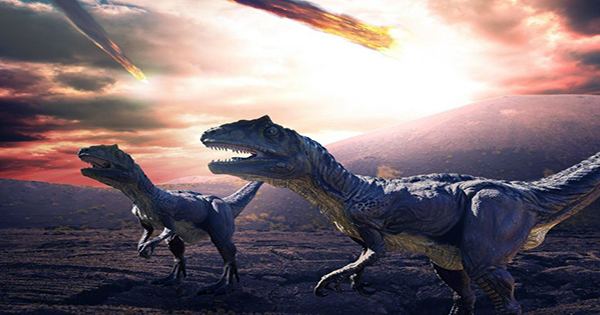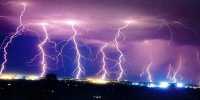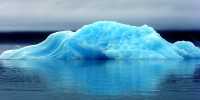Long before the end of the asteroid domination, the dinosaurs survived a different phenomenon around the world – global warming brought an end to the Triassic era. In a new study, scientists speculated that the volcanic carbon dioxide caused this phenomenon, finding that the era caused an explosion of CO2 emissions that were released by humans today, although it was long overdue.
Much of the world’s massive extinction changes the atmosphere and oceans with the eruption of vast volcanic provinces. In an effort to understand this catastrophe, Dr Manfredo Capriolo of the University of Padova in Italy studied the basaltic rocks from which the Triassic Central Atlantic Magnetic Province (CAMP) came to be.
Today, the province is divided into three continents, with North America and Africa having the largest share below the Amazon and suburbs. Two hundred million years ago today, these landmasses were next to each other, and the last-Triassic CAMP was a contiguous region, where large amounts of material flowed from the mantle.
The basaltic rocks studied by the group are rich in bubbles which indicate the presence of carbon dioxide during the eruption. By studying the size of these bubbles, they were able to estimate the amount of gas per ton of magma explosion. When they increased the estimated size of the deposited rocks, the total amount of CO2 released doubled the amount produced today as a result of burning fossil fuels and rainforests. However, volcanoes have been present for thousands or millions of years, so annual emissions were much lower.
On the other hand, instead of continuous fires, Capriolo and co-authors argued in Nature Communications that CAMP was made from permanent pulses for nearly 500 years. A typical twig could contain 10,000 cubic kilometers of magma, and during the 21st century, people could be almost as free of carbon dioxide as they are of emission targets.
As a result, Capriolo concludes, involving different rounds of end- Triassic greenhouse gas emissions, each with the same size as what we are experiencing today, but probably spread over several centuries instead of just one. This caused the planets to heat up and the oceans to become more acidic, then a break occurs after the CO2 level decreases before the next pulse arrives. The combined effect was to drive more than half of the planet’s species to extinction. Dinosaurs, which previously faced considerable competition for ecological niches, dominated the terrain, despite the loss of many individual species. The consequences of packing this kind of event into a single century could be even more disruptive.















